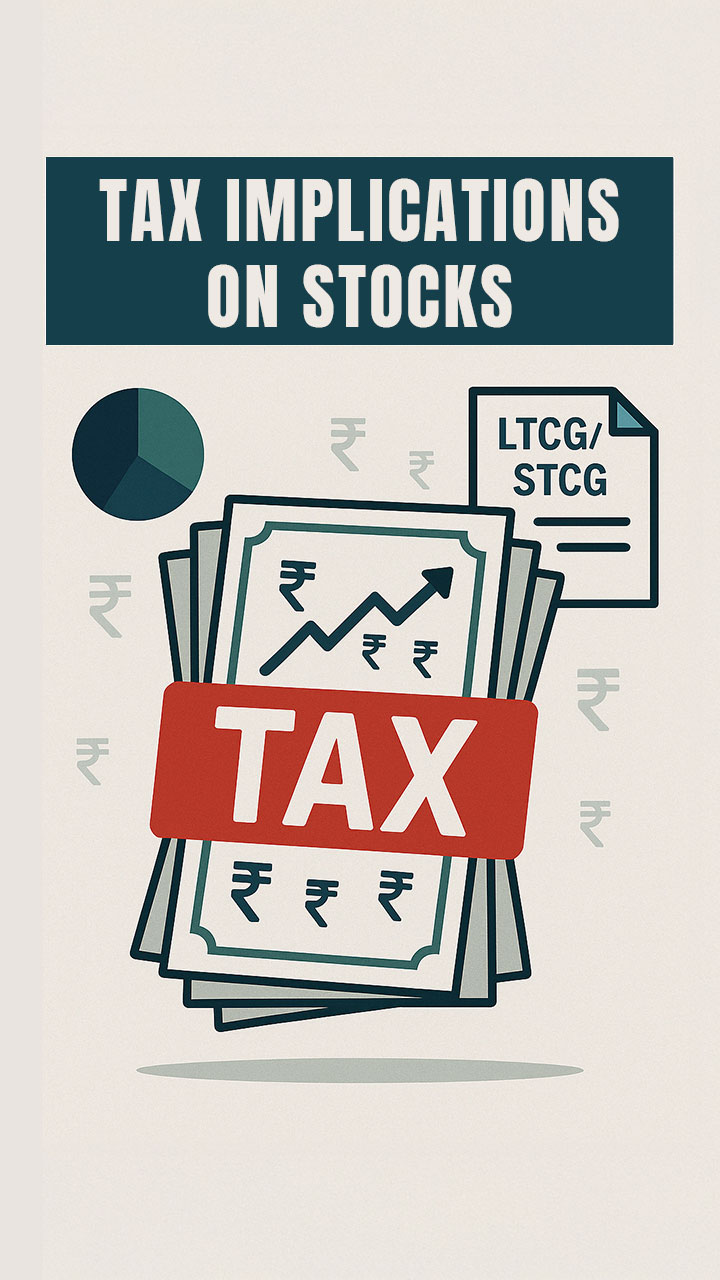Jargon Wagon: 20 Common Stock Market Terms to Know
If words like “bullish market,” “P/E ratio,” or “volatility” have left you scratching your head, this video is just what you need! Join us as we cover 20 essential stock market terms for every aspiring investor.
First, we’ll introduce the basics of the stock market—what it is, how it works, and the role of stock exchanges like NSE and BSE. Then, you’ll get a grip on terms like bull and bear markets, market indices, and how market prices fluctuate based on demand and supply.
Next, the video will take you through how trading works. We start with SEBI—the regulator and move to important facilities like demat and trading accounts. We'll also break down terms like bid/ask prices, and brokers. You’ll also get to know about how market orders and limit orders are different.
Finally, we’ll help you make sense of key financial indicators such as portfolio, market cap, dividends, volume, and the P/E ratio. These concepts could help you evaluate companies better and build a more balanced portfolio.
Whether you’re a curious beginner or someone brushing up on the basics, this glossary-style guide could simplify the stock market for you. Stay tuned to Academy for more investment insights.

Key Takeaways
The stock market is a platform where buyers and sellers trade shares for potential returns and capital growth
NSE and BSE are India’s two main stock exchanges where most stock trading takes place
Bullish markets usually show rising prices and optimism, while bearish markets tend to reflect falling prices and cautious investing
SEBI is India’s market regulator, ensuring transparency and fair practices in the financial markets
A demat account stores your shares digitally, while a trading account enables you to buy and sell them
Market orders execute trades instantly at current prices, while limit orders let you set your preferred price
Terms like market cap, P/E ratio, and dividends help investors could help analyse a company’s size, value, and profitability
What to Watch Next
Bites
















































